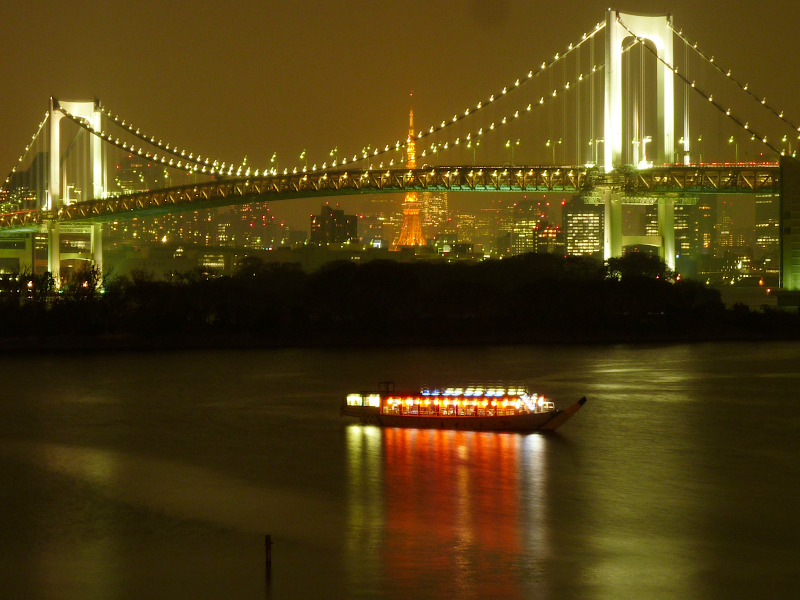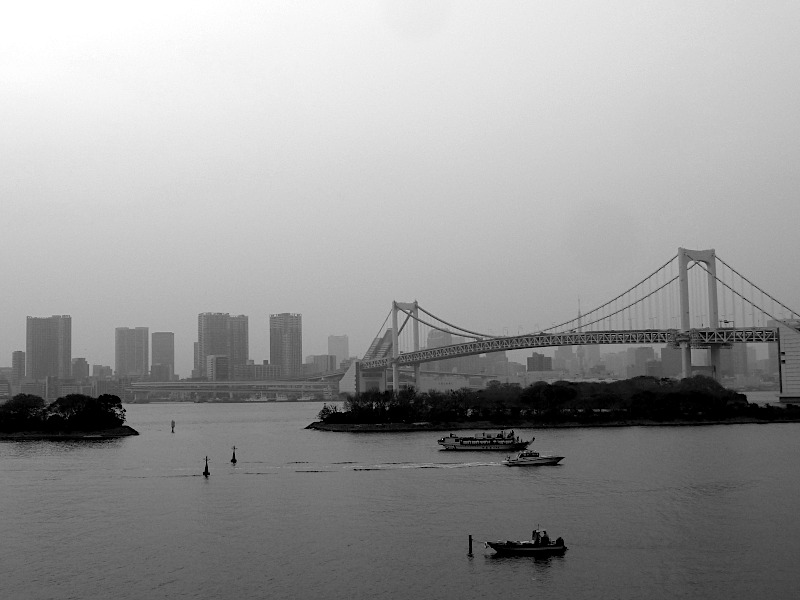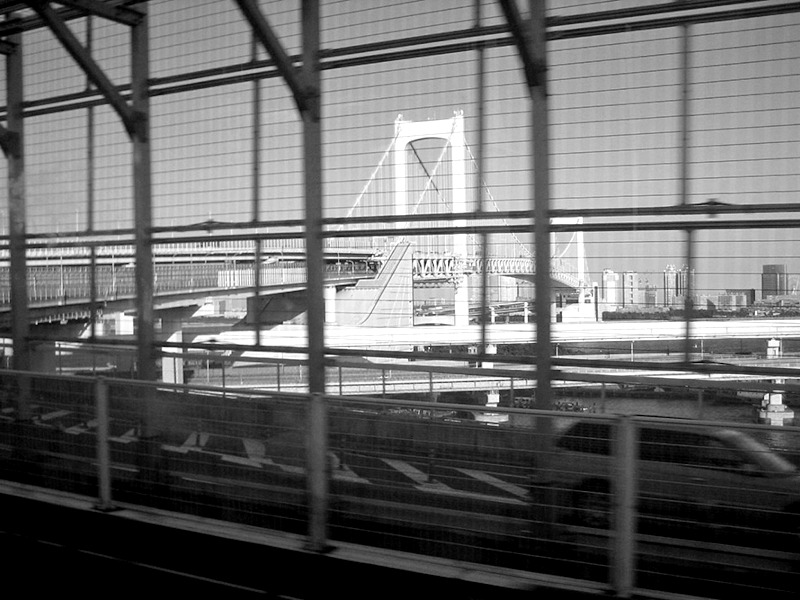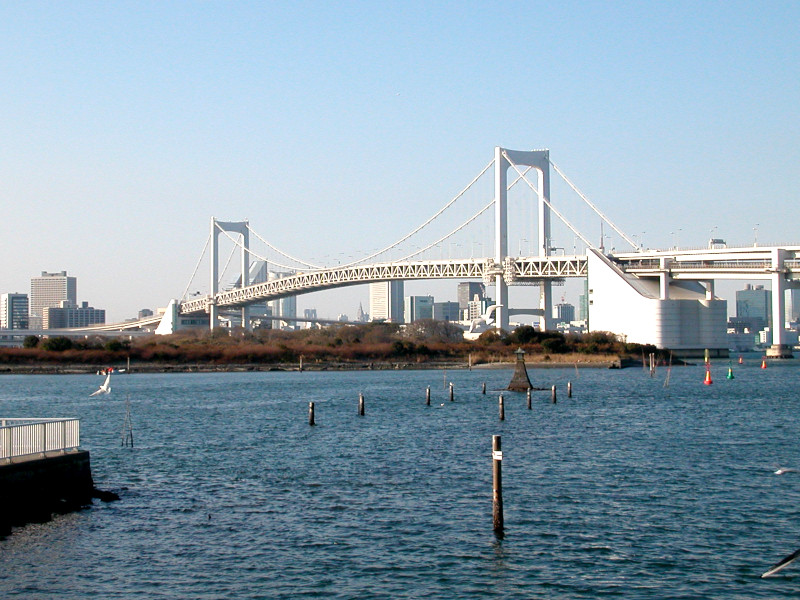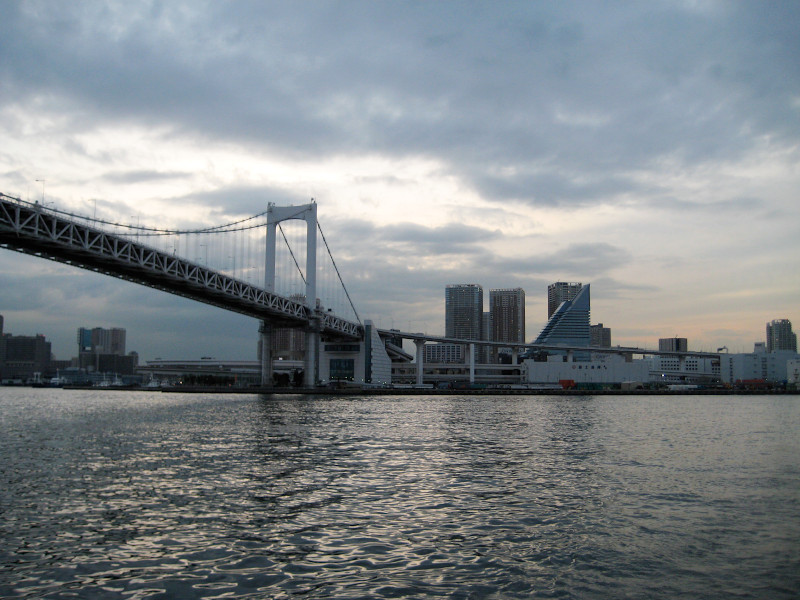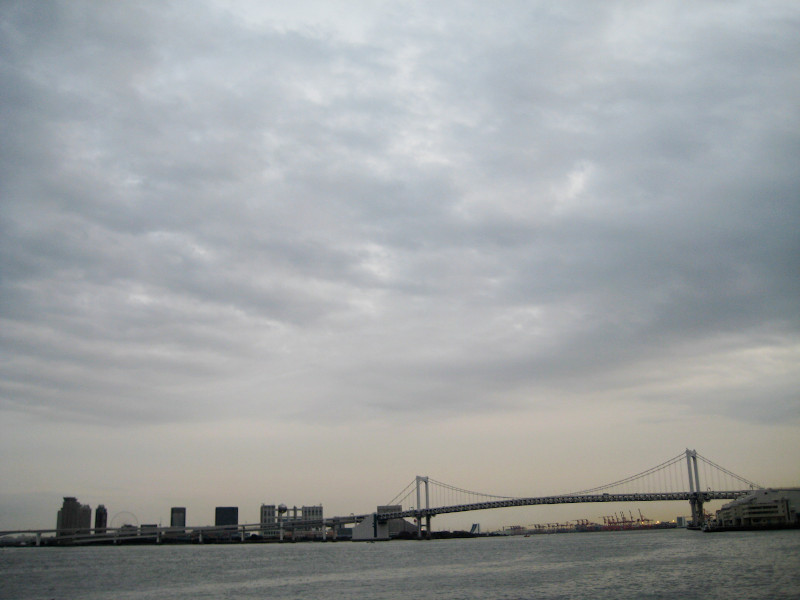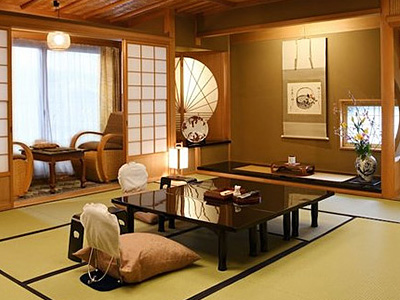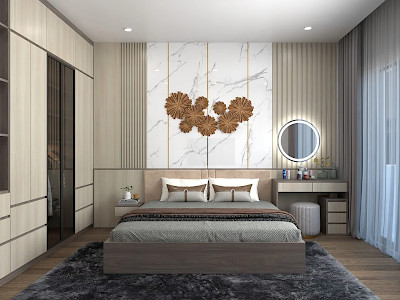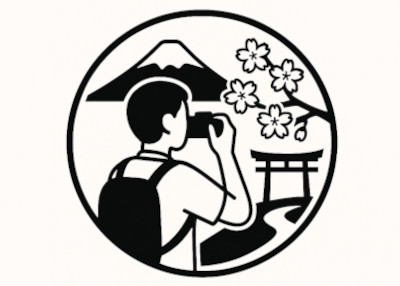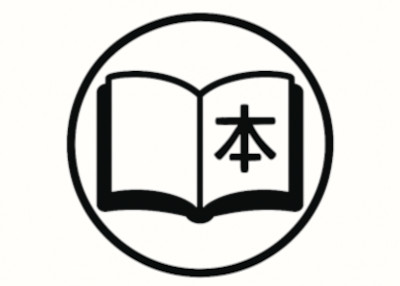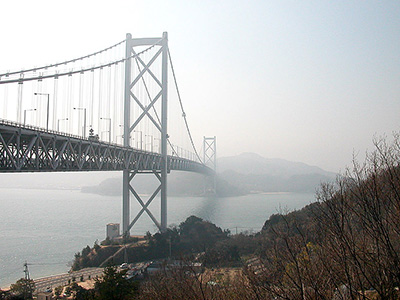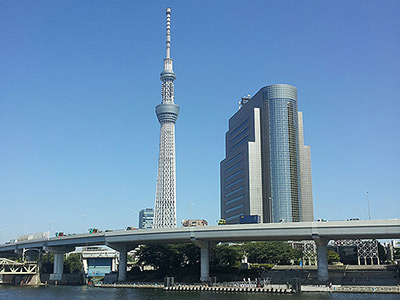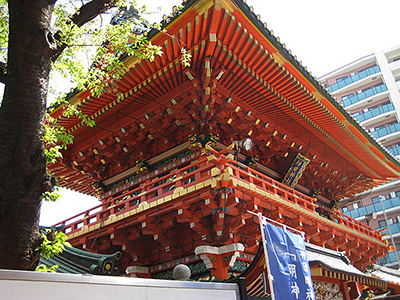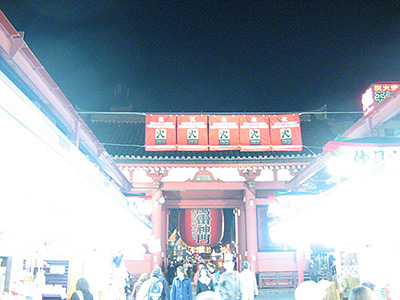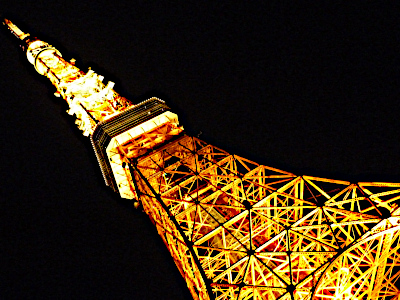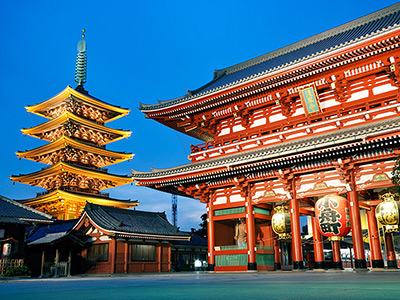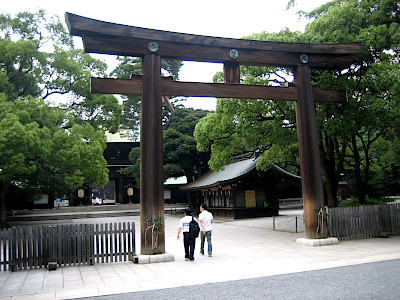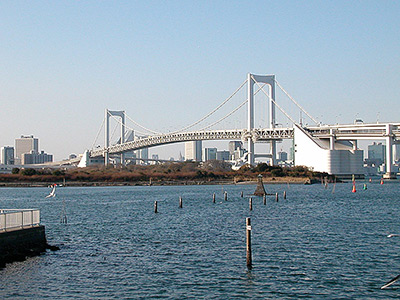Rainbow Bridge in Tokyo
This post can contain affiliate links, which means that we may receive a small commission if you make a purchase using these links.
Facts & Figures
The Rainbow Bridge in Tokyo is a 798-meter-long, 29-meter-wide, and 52.4-meter-high two-story suspension bridge connecting the artificial island Odaiba in the northern part of Tokyo Bay with the Shibaura Pier. The two towers supporting the whole structure have an impressive height of 126 meters. The center span has a total length of 570 meters.
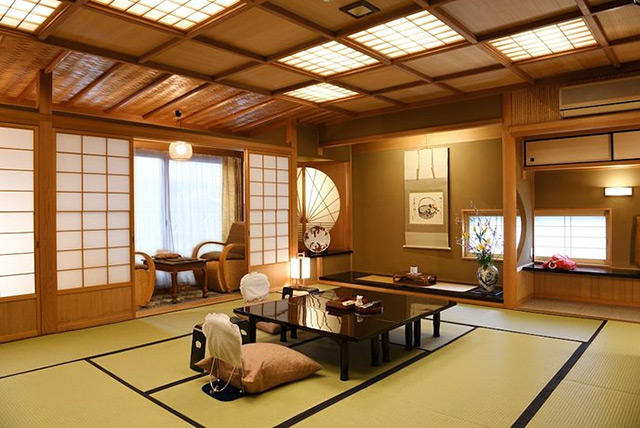 Experience the Ultimate Japanese Hospitality at a Tokyo Ryokan.
Experience the Ultimate Japanese Hospitality at a Tokyo Ryokan.
Find Your Perfect Ryokan Now >
It is a major tourist attraction especially when the bridge gets illuminated at night in rainbow colors (December) or in white, pink, and green during the rest of the year. It's good to know it became the world's first bridge to have a three-color light-up. You can cross the bridge by train (Yurikamome Line), car (Shuto Expressway), and on foot, but not on a bicycle. It offers panoramic views of the city skyline with the Tokyo Tower in the background. There are two walkways on the lower deck of the bridge.
- Walkways on the Rainbow Bridge
- Opening Hours - 9:00 am to 9:00 pm (April - October), last entry 8:30 pm
- Opening Hours - 10:00 am to 6:00 pm (November - March), last entry 5:30 pm
- Closed - every 3rd Monday of the month
- Admission Fee - free
My tips for local activities
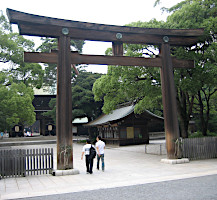
How about exploring the fascinating city Tokyo with a local guide? The personalized tour by our partner GetYourGuide can take between 5 - 6 hours. For more details check out this page >
History
The Rainbow Bridge, also known as Tokyo Harbor Connecting Bridge, was constructed between 1987 and 1993 as a multifunctional transportation facility. The design was also meant to become a new symbol of the Port of Tokyo. Some restrictions made the construction phase a bit of a challenge like the height of the towers had to be limited because of the proximity to the Haneda Airport and the bridge had to be wide enough to let large container ships pass. Since 2020 the bridge has been illuminated with LED technology to reduce massively its power consumption. In 2023 the city Tokyo celebrated its 30th anniversary.
Location

The Rainbow Bridge spans Tokyo Bay and connects the Shibaura area on the mainland to the artificial island Odaiba.
Address: 3-33-19 Kaigan, Minato-ku, Tokyo, 105-0022
How to get to Rainbow Bridge in Tokyo?
- 5-10min from Odaiba-Kaihinkoen and Shibaura-Futo Stations served by the Yurikamome Line to Rainbow Bridge
Sightseeing spots nearby
Top:
Daiba Park - The park is located on an artificial island and you will find there one of the few remaining fortresses developed by the Tokugawa shogunate in 1853. The former military battery is surrounded by an up to 7-meter-high stone wall, which was thick enough to protect the area from attacks. The location of the park is perfect for taking pictures of the impressive structure of the Rainbow Bridge.
Small Worlds Miniature Museum - The largest miniature museum in Asia offers 7000 square meters of six themed areas. Everything here is designed in a detailed 1:80 scale. Enjoy a miniature replica of the Kansai Airport, a Space Center, Global Village, Evangelion, and much more. The family-friendly place offers a great experience for everyone.
Odaiba - It is an man made island in Tokyo Bay. This place is very popular for young people with its entertainment and shopping facilities. Two examples of a very futuristic architecture located at the island are Fuji TV headquarter and Tokyo Big Sight. Read more >
Festival & Events (dates can change without notice)
June
Sanno Matsuri (mid-June)
The Sanno festival belongs to the three great Japanese festivals of Edo. Part of the festival is the Jinko-sai event, which is only performed in even-numbered years. Three portable shrines and hundreds of followers create a long procession that leads also to the Imperial Palace. One of the followers and the chief priest are allowed to pray there for the well-being of the imperial family. Hie Shrine received this honor as the only Shinto shrine in Japan.
July
Sumidagawa Fireworks Festival (last Saturday in July)
Over one million people watch this fireworks show along the Sumidagawa River. Its history dates back to 1732. Book your ticket for the TOKYO SKYTREE early enough and enjoy the spectacular view of the fireworks from 450 meters above ground.
August
Azabu-Juban Matsuri (3rd weekend in August)
The Azabu-Juban festival belongs to the most famous summer festivals in Tokyo. Nearly 10000 visitors enjoy every year brass band parades, dance performances, traditional Japanese food, and many more entertainment programs.

